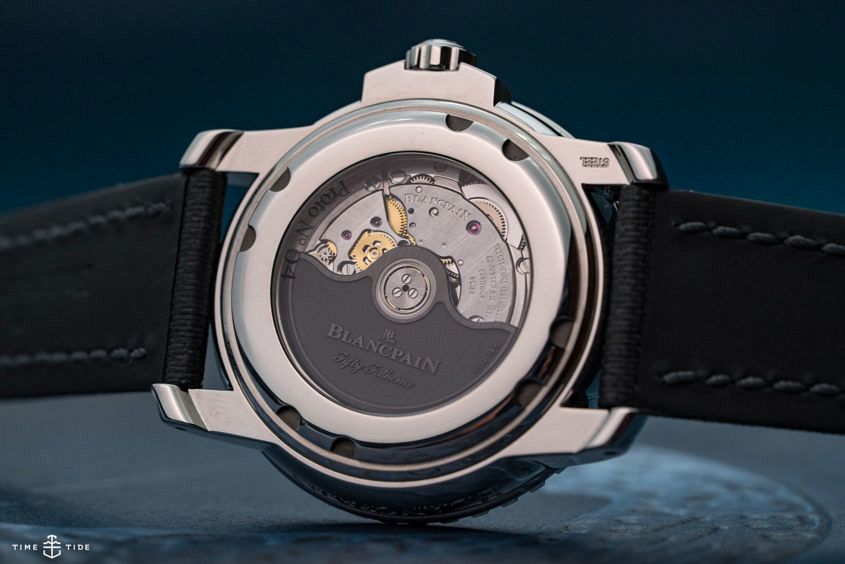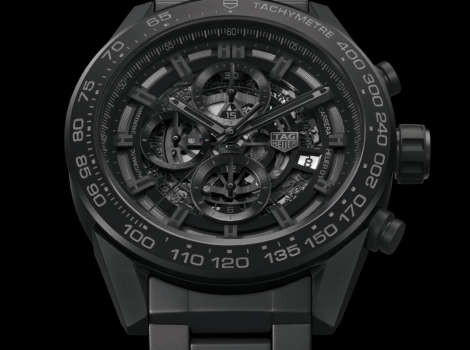 Editor’s note: Last week we kicked off our series on the ultimate watch glossary — well, now it’s back and slightly more complex. Read on if you want to know what really makes your watch tick … Mechanical watch, manual or automatic There are two types of mechanical watch, and the difference comes down to how the watch is wound. A manual watch must be wound by way of the crown, typically once a day, but it depends on power reserve (more on that shortly). This action winds the mainspring around the barrel arbour (the central post in the middle of the barrel in which the mainspring sits). The tension built up in this spring as it tries to uncurl is what drives the wheels of the watch forward. In an automatic watch, an oscillating weight (also known as a rotor) swings inside the watch as the wearer moves their wrist. This takes the place of the crown having to be manually wound and it keeps the mainspring wound throughout the day. The advantage of an automatic watch is therefore that power supply to the timekeeping organ of the watch is far more stable and, as a result, so too…
Editor’s note: Last week we kicked off our series on the ultimate watch glossary — well, now it’s back and slightly more complex. Read on if you want to know what really makes your watch tick … Mechanical watch, manual or automatic There are two types of mechanical watch, and the difference comes down to how the watch is wound. A manual watch must be wound by way of the crown, typically once a day, but it depends on power reserve (more on that shortly). This action winds the mainspring around the barrel arbour (the central post in the middle of the barrel in which the mainspring sits). The tension built up in this spring as it tries to uncurl is what drives the wheels of the watch forward. In an automatic watch, an oscillating weight (also known as a rotor) swings inside the watch as the wearer moves their wrist. This takes the place of the crown having to be manually wound and it keeps the mainspring wound throughout the day. The advantage of an automatic watch is therefore that power supply to the timekeeping organ of the watch is far more stable and, as a result, so too…
The post The ultimate watch glossary – the intermediate edition, feat. wheels, pinions and more appeared first on Time and Tide Watches.
